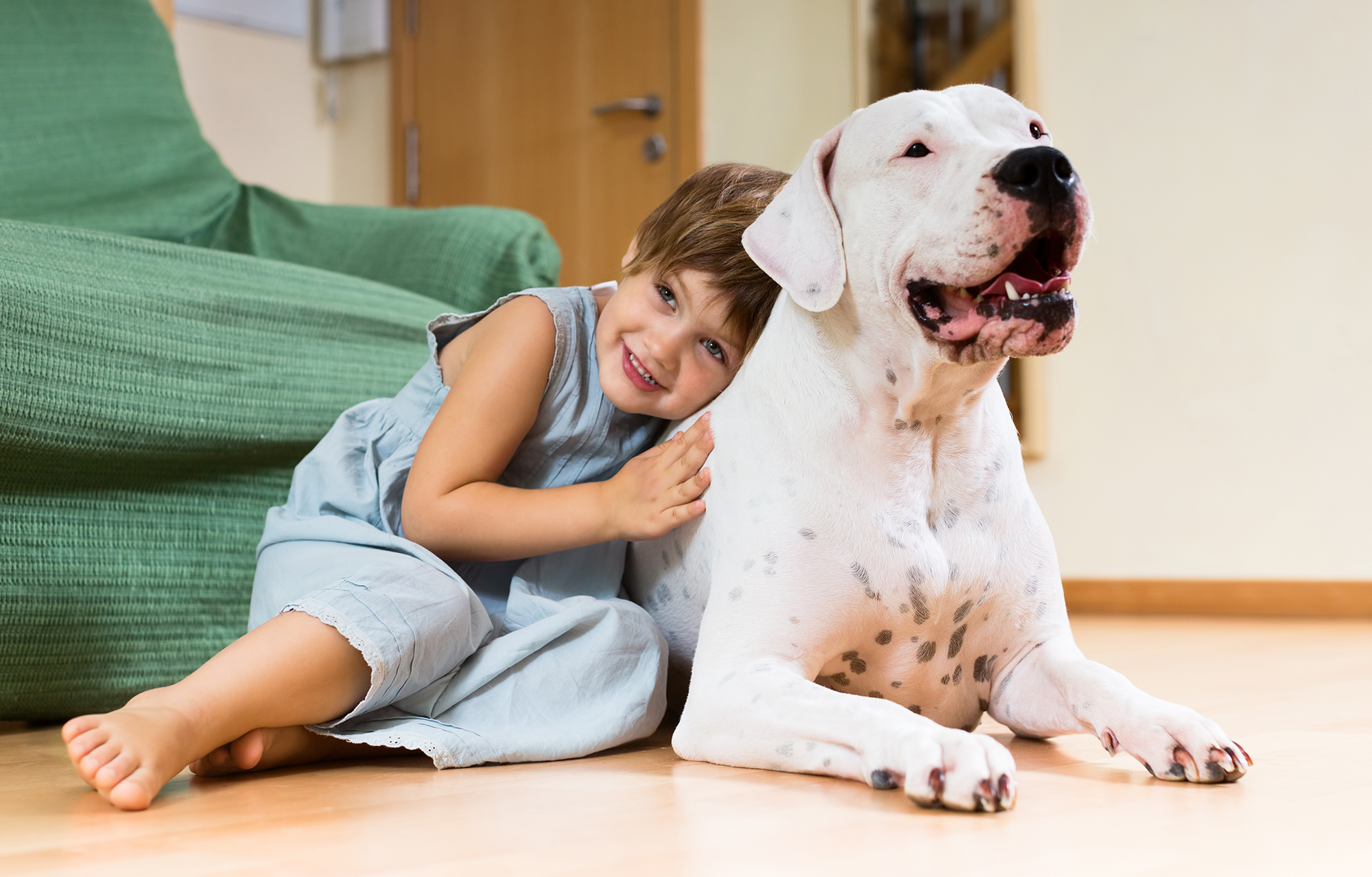
Desexing
We recommend desexing all dogs unless they are to be used for breeding purposes. The procedure greatly reduces the risk of several health problems, and generally results in a more well-behaved dog.
Health risks for entire (not neutered) dogs include pyometra (infected uterus), ovarian cancer, mammary cancer, testicular cancer, perineal tumours, prostatitis, and hernias. Both genders can be more aggressive when entire.
The ideal age for desexing is 6 months, but can be varied somewhat. We prefer not to desex less than 4 months of age as the anaesthetic is not as well tolerated. It is recommended to desex prior to a bitches first season, typically between 6-9 months of age, as the risk of mammary tumours later in life increases markedly after the first season. There is no medical reason for a bitch to experience one season or have a litter of puppies. It is not advisable to desex a bitch when in season as the swelling of the uterus means it becomes more fragile to handle, and creates more of a risk of bleeding.
It is important that larger breed puppies do not gain weight too rapidly, so as not to stress the joints. As desexing does affect the metabolism (although not the joints directly), it is reasonable to wait until 10-12 months to neuter large breed males, as long as no behavioural problems have arisen. For females the benefit of lower cancer risk outweighs the joint concerns so we prefer 6 months of age. Either way a diet appropriate for a large breed puppy is recommended.
What is involved?
- The dog should be fasted (no food) from 10pm the night before surgery. This reduces the chance of vomiting, which could be dangerous when not fully conscious. Also remove water when you get up in the morning.
- The patient should be dropped into the clinic at 9am. One of the nurses will ask you to read and sign a consent form for general anaesthetic and the procedure. There are risks to each and every anaesthetic, however you may be assured we do all we can to minimise these.
- For a young, apparently healthy dog, we offer blood screening prior to surgery, which assesses suitability for surgery via liver and kidney function, protein, and glucose levels, and a blood cell count. For a senior patient, we may not feel comfortable performing an anaesthetic without the blood test.
- The patient is given a pre-medication injection under the skin in the back of the neck, just like a vaccination. This contains pain relief and a sedative.
- After the patient has become sedated, about 30 minutes, an intravenous (IV) catheter is placed in a vein in their leg. A drip is started. This maintains a healthy blood pressure throughout, excellent for kidney health and a speedy recovery from anaesthetic. The IV catheter also allows us to inject drugs immediately, in case of an emergency.
- The general anaesthetic (called alfaxalone) is given IV. This works within a few seconds. We give small doses over a couple of minutes to ensure the patient is at an ideal level of anesthesia, so that we can place a tube in their windpipe.
- The anaesthetic is maintained with an inhaled anaesthetic gas. There is a nurse dedicated to monitoring the anaesthetic throughout surgery.
- The patient is placed on its back for the surgery to be performed. It usually takes between 30-50 minutes.
- A tattoo is placed in the dogs left ear to show that he/she has been neutered. A different type of pain relief (and where necessary, an antibiotic) is administered.
- As soon as the anaesthetic gas is turned off, the patient recovers consciousness within a couple of minutes. After a few minutes of oxygen, when the patient can swallow on their own, the breathing tube is removed. A nurse remains with the dog until they can hold their head up on their own.
- After a few hours more of IV fluids and monitoring, the patient is ready to go home. Nearly all dogs are fine to walk out of the clinic on their own.
- It is fine for the dog to eat the same evening, but stick to a small meal (50% of usual), and it is ok if they do not feel like eating.
- It is normal for the patient to be quite sleepy the first evening, but usually they feel back to normal the next day.
- Keep the patient quiet for the recovery period, particularly the first couple of days after surgery. After 48 hours short walks are acceptable, but no jumping or running.
- Administer pain relief tablets (usually 3 days worth provided).
- Monitor the wound each day for signs of swelling or discharge. We provide an Elizabethan collar (bucket) so that the dog can’t reach its stitches to chew.
- If you have any worries please don’t hesitate to phone us on 9752 1001.
- Stitches are to be removed at the clinic 10-14 days after surgery (no charge).